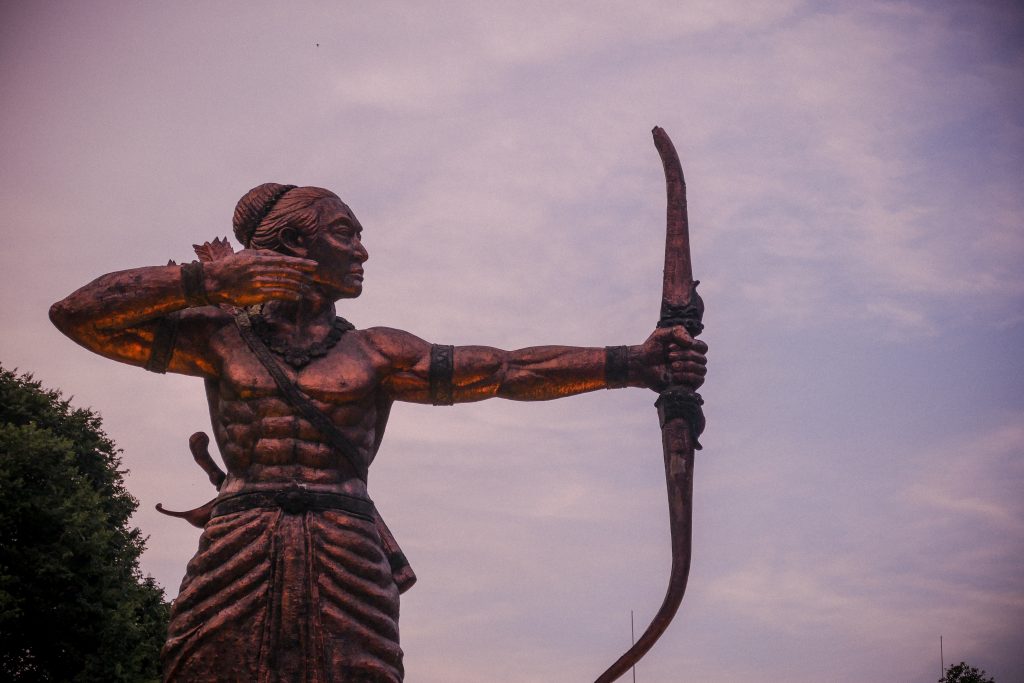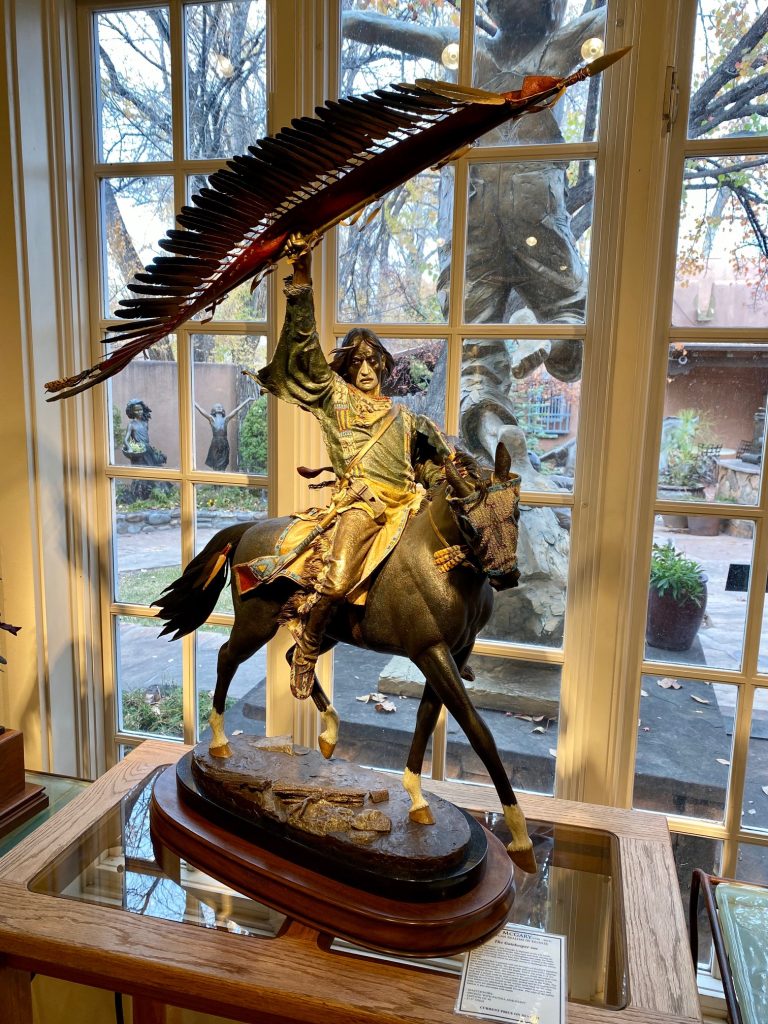We can’t always dodge the first arrow, but we can usually save ourselves from the second one.
In a Buddhist teaching, the first arrow that strikes us is outside of our control. It could be harsh words from a loved one, getting robbed on the street, or receiving a skin cancer diagnosis. Basically, think of the first arrow as an infliction of pain that is largely unavoidable.
The second arrow that strikes is one we fire at ourselves—it is our reaction to the initial wound. Do we turn inward and blame ourselves for what happened? Do you we rail against the unfairness of it all? Do we replay the incident again and again, boiling over anew each time with anger and tears of frustration?
We are human, so of course we will react with emotion to the people and circumstances that hurt us. That’s perfectly natural. But what gets unhealthy is when we let our reaction to the wound take on a life of its own, allowing it to become more agonizing than the first blow.
Coming back to the Buddhist teaching, the first arrow is the inevitable pain we all experience from hardships outside of our control. The second arrow is optional. It represents suffering.
As the wisdom then goes, pain is inevitable while suffering is optional.
While I don’t think we should be hard on ourselves when we wallow in self-pity or ruminate, as that just prolongs the suffering and the excessively inward focus, I do believe it’s important that we recognize the role that our reaction plays in how we heal from or prolong pain.
In fact, this idea is directly related to a cornerstone of cognitive behavioral therapy: we control how we react to events and circumstances. Those events and circumstances, from an emotional standpoint, don’t actually make us do anything. For example, think of a person cutting you off on the freeway, causing you to hit your brakes. Your heartrate kicks up and you start sweating. You might swear a few times as the driver in front of you whizzes off.
Is it an irritating, scary, and frustrating experience? Yes. Should the other driver have been more careful? Yes. But how many of us leave it at that and move on with our lives? Not too many.
If we choose to rant and rave in our car instead of letting it go, or we ruminate for hours on how that person could have killed us and how awful and irresponsible they were, then we have moved from the first arrow to the second. Our reaction, no matter how justified we may think it is, creates suffering for us. The other driver is gone. The incident has happened. It caused pain. We can leave it at that, or we can aim and fire at ourselves and produce needless self-inflicted suffering.
NOTE: I first learned of the concept of the second arrow in this Wall Street Journal journal article by Brad Stulberg, which contains other interesting self-development concepts. The first image at the top of this post is by Marcel Ardivan on Unsplash. The second photo is mine and was taken at an art gallery in Santa Fe, New Mexico.






